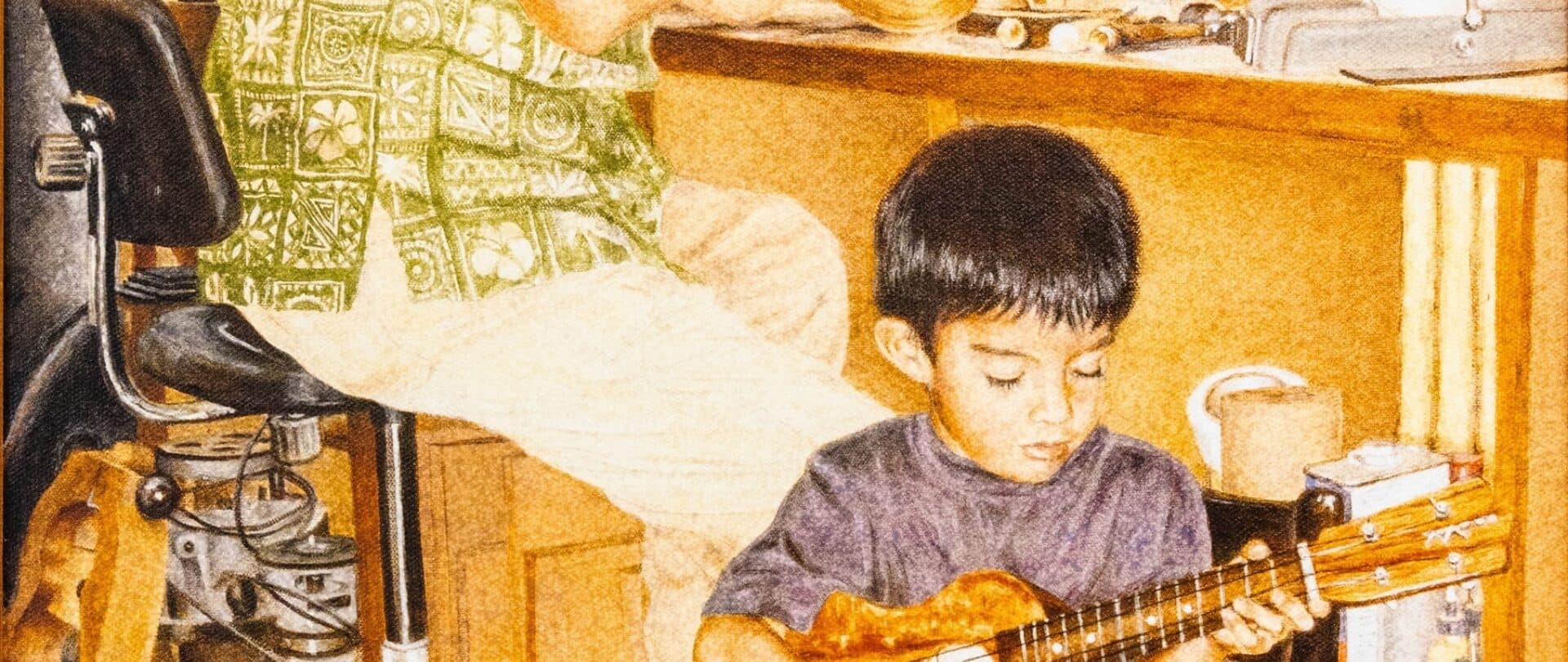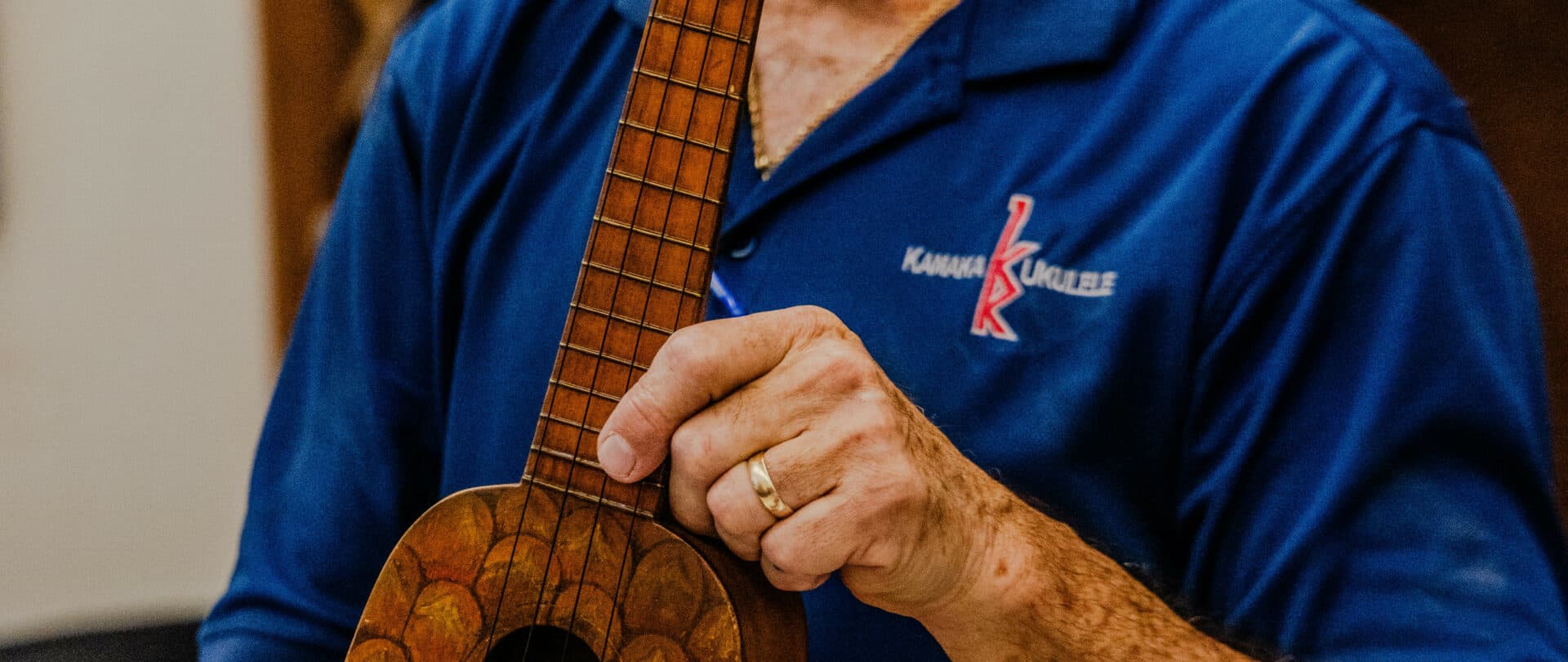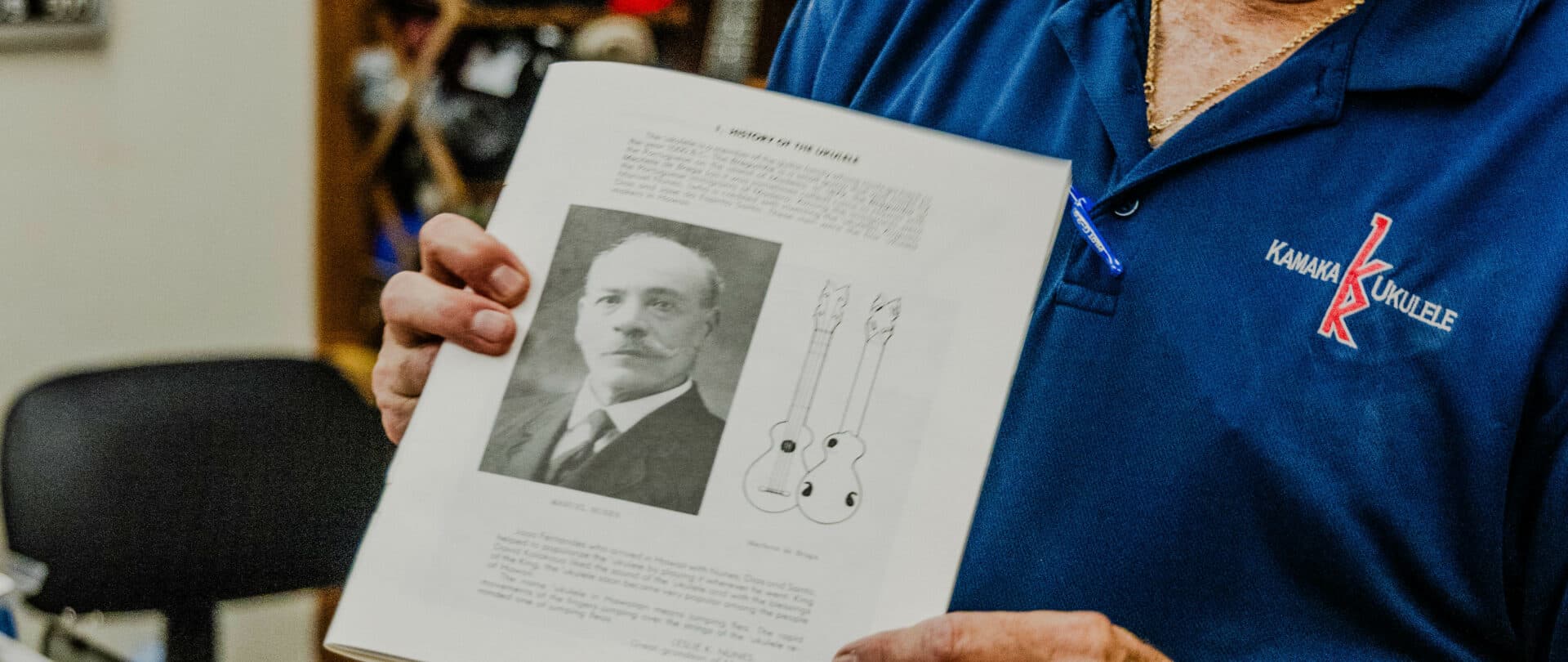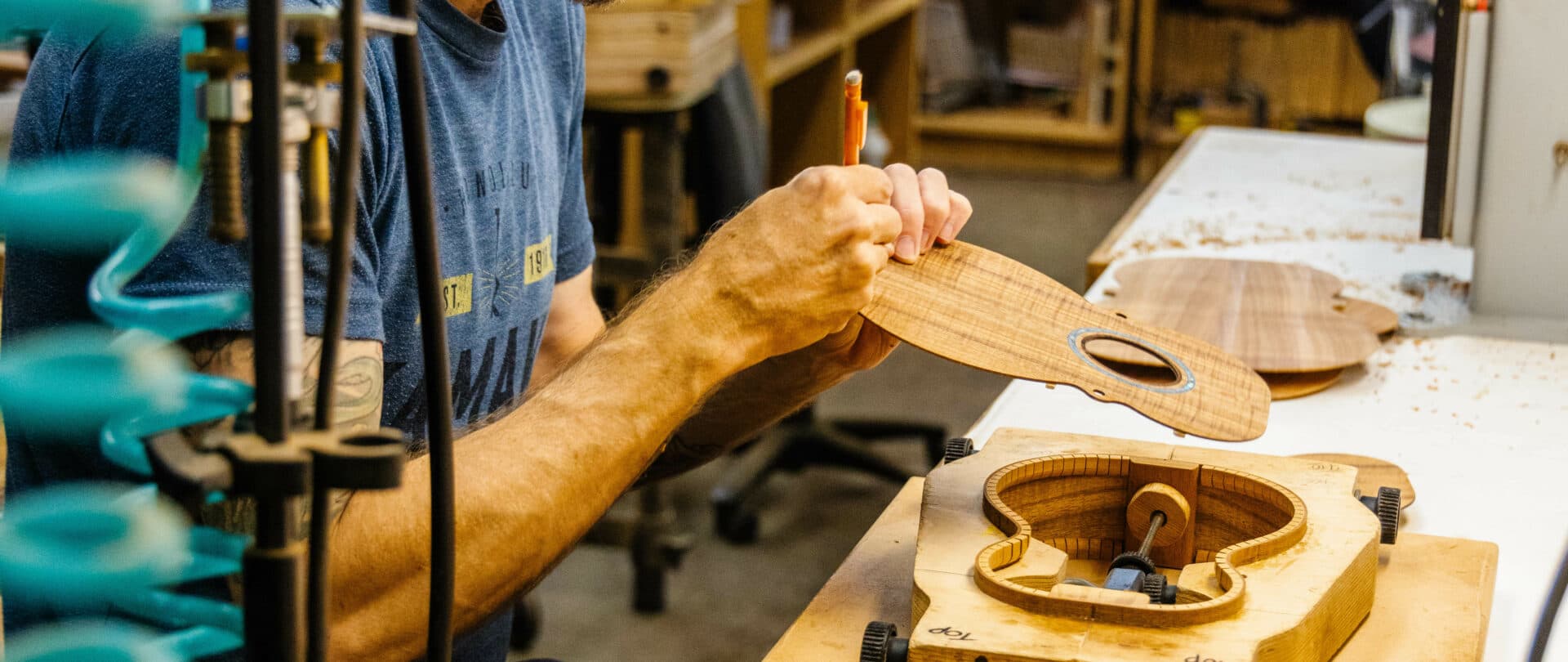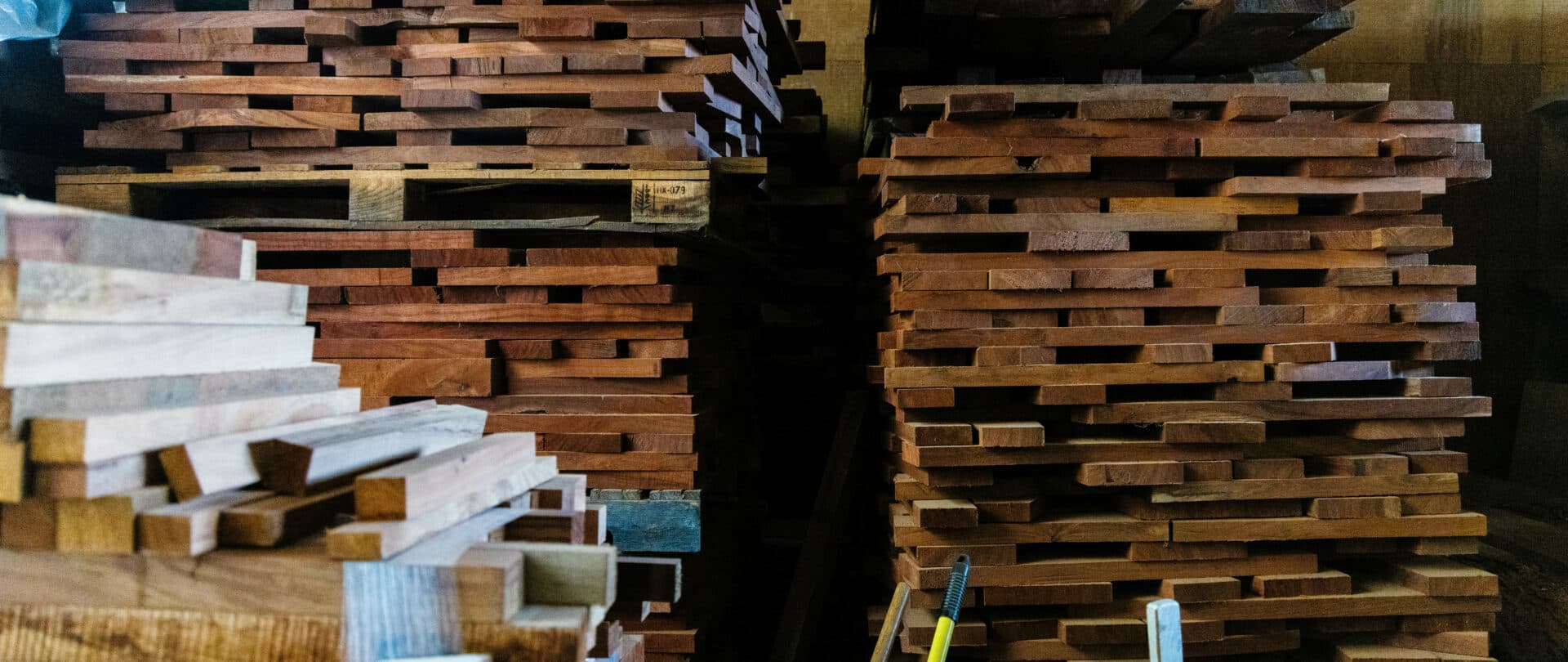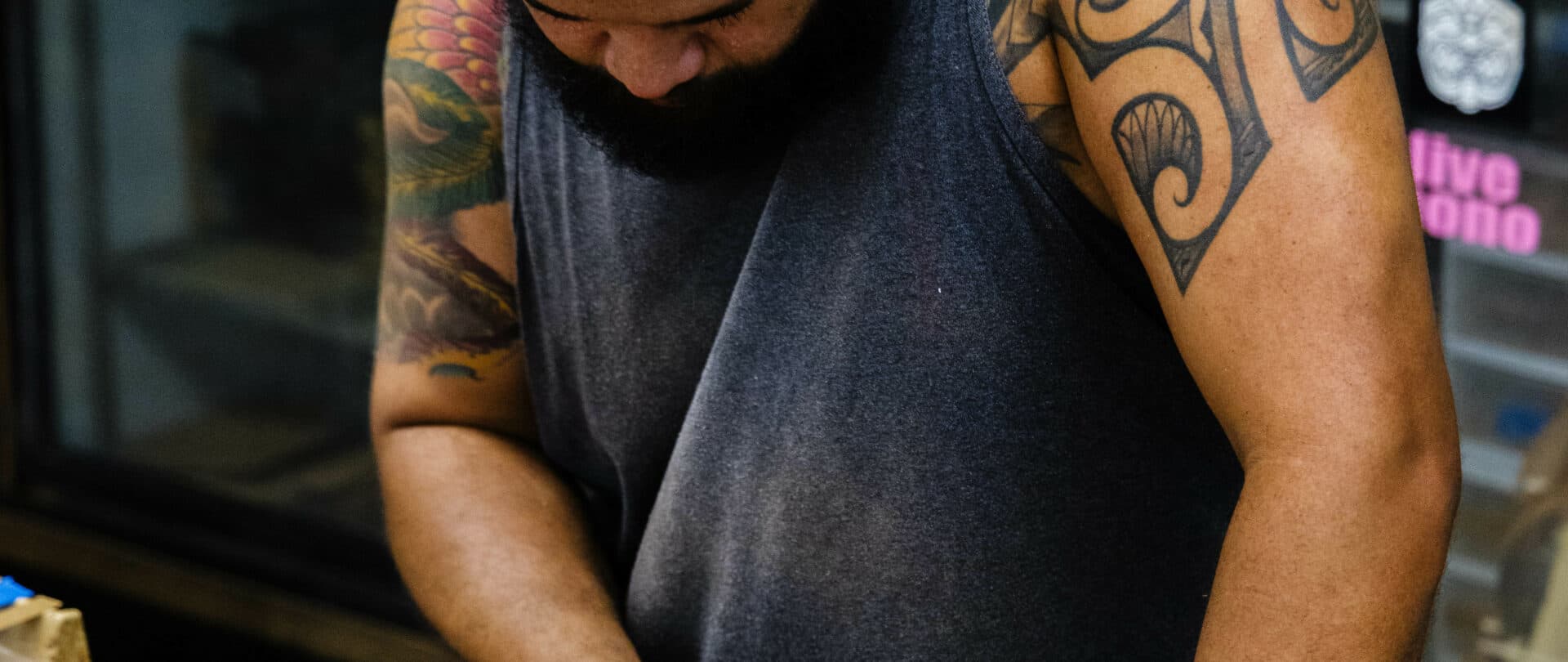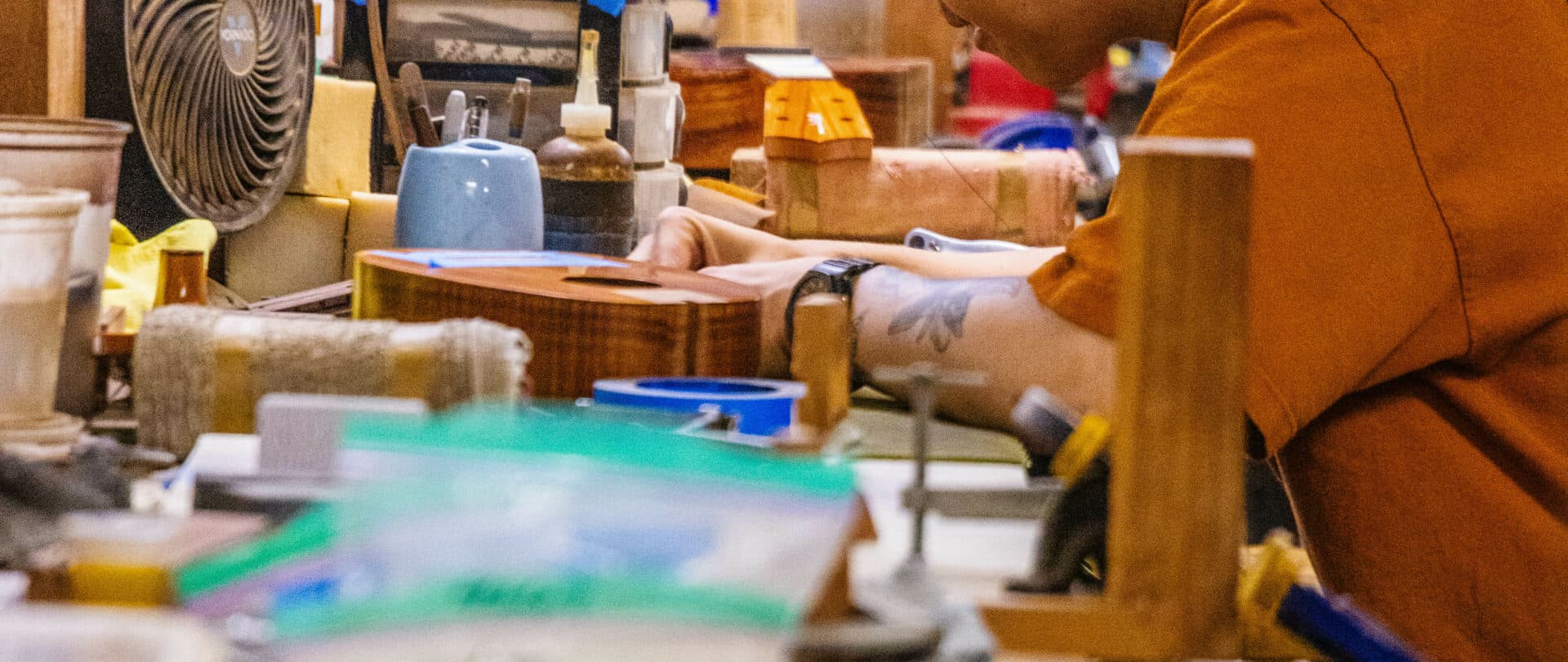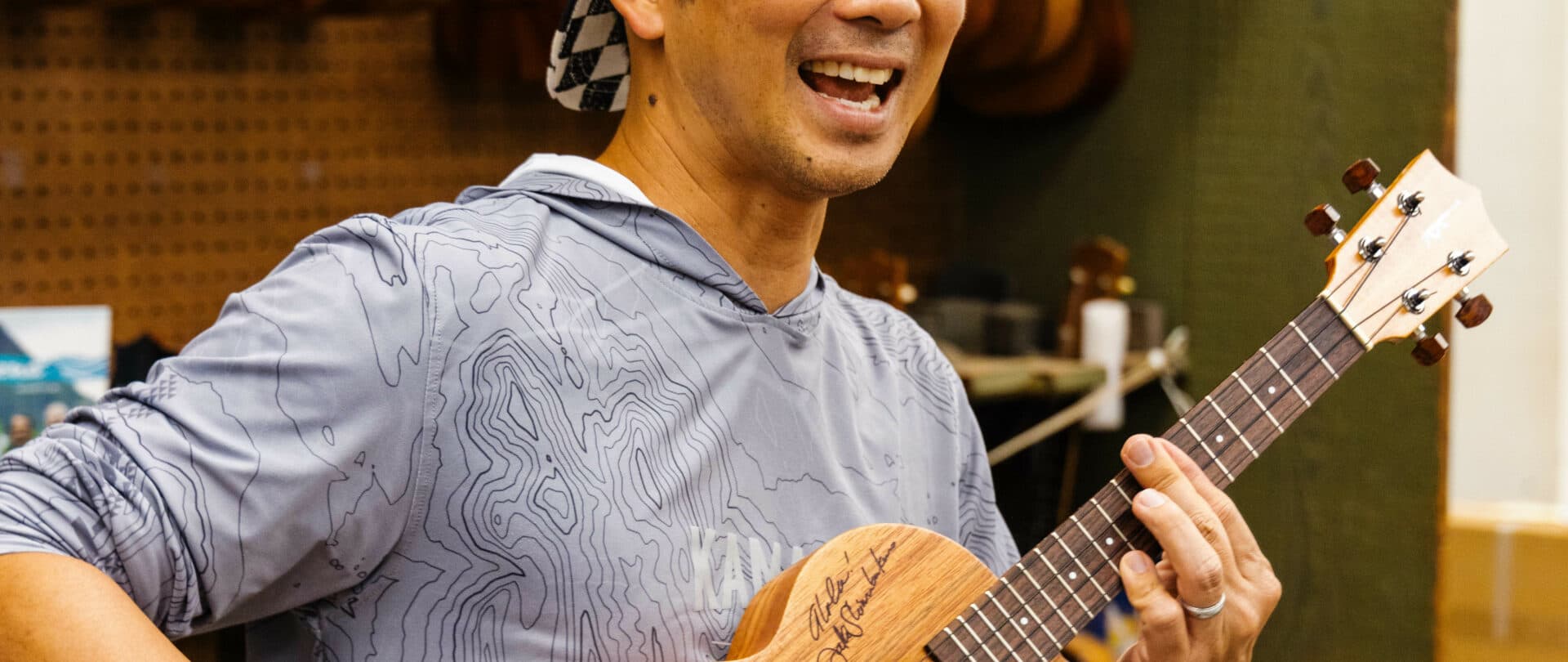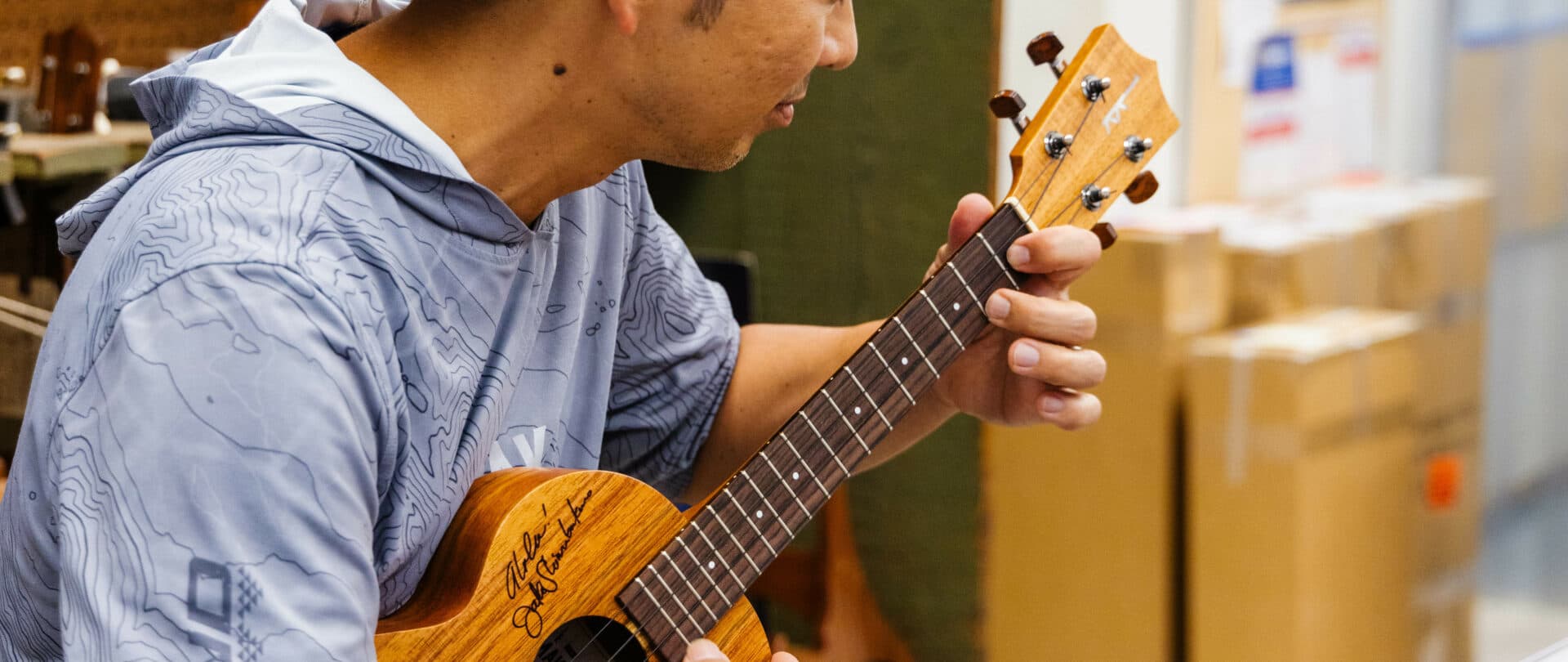Lasting Legacy
The Story of Kamaka ‘Ukulele
BY Krystal Kakimoto
Kamaka Hawai‘i, a beacon of unique craftsmanship for over a century, has gifted the world with the rich, resonant sounds of their handcrafted musical instruments. What sets them apart is not just their longevity, but also their commitment to creating the world's most renowned ‘ukuleles. Despite the availability of modern technologies, Kamaka Hawai‘i remains steadfast in their dedication to producing ‘ukuleles using the same time-honored techniques that founder Samuel Kaialiilii Kamaka used many years ago.
Now inextricably tied to Hawai‘i, the origins of the ‘ukulele lie in the Portuguese islands of Madeira, the Azores and Cape Verde. Starting in 1878, laborers from Portugal were brought to Hawai‘i to work on the sugar plantations. As with many immigrant groups, the Portuguese brought aspects of their homelands with them, such as stringed instruments, like the braguinha that laid the foundation for the ‘ukulele we know today.
Three men are credited with creating the ‘ukulele. Manuel Nunes, Augusto Dias and José do Espírito Santo, cabinetmakers by trade, came to the islands in 1879 aboard the British clipper, the SS Ravenscrag. When the men landed in the islands, newspapers like The Hawaiian Gazette began mentioning Madeiran Islanders who dazzled people with nightly street concerts. The men were separated and sent to work on plantations on the islands of Hawai‘i, Maui and Kaua‘i, but once their contracts were fulfilled, all three returned to O‘ahu to open small shops where they sold and made stringed instruments. Because of the lively way their instruments were played, jumping from one string to another, the name “‘ukulele” caught on, which translates to “jumping flea.”
The ‘ukulele's popularity swiftly spread throughout the islands, not only for its lovely sound but also for its accessibility to the common people. At the time, larger instruments like guitars were highly coveted but were more expensive and required a case. In contrast, ‘ukuleles were compact and easily carried within the crook of your arm. They became a common sight – from impromptu jam sessions on the beach to accompanying singers at parties. The ‘ukulele's influence even reached the highest levels of Hawaiian society. King Kalākaua, a key figure in the Hawaiian cultural renaissance of the late 1800s, incorporated the instrument into performances at royal gatherings, further cementing its popularity and cultural significance.
Around the same time, a young man named Samuel Kamaka began making ‘ukuleles with his friends. In 1910, he apprenticed in the studio of Manuel Nunes and learned about the art of ‘ukulele making. He became known as a talented craftsman and even traveled to New York City with a group of performers. Unfortunately, he became stranded in the city and had no money to pay for a ticket home. He decided to work at a vegetable farm to earn money, but rather than return home, he bought a ticket to Europe. He traveled throughout Europe for years to learn how different cultures built their instruments.
In 1916, Kamaka returned home and created a makeshift factory in the basement of his home in Kaimukī, founding “Kamaka ‘Ukulele and Guitar Works.” He produced about a dozen koa wood ‘ukuleles per week, all meticulously crafted by hand. Slowly, word spread of the caliber of instruments Kamaka was creating, and demand grew. In 1921, he established a larger shop located along South King Street and hired two assistants. Around this time, Kamaka married May Akeo, and the couple had two children, Samuel Jr. in 1922 and Frederick in 1924.
This was also when Kamaka revolutionized the ‘ukulele with his oval-shaped body type, which he patented in 1928. The mellow sound of his innovative design and the eye-catching pineapple-like shape of this ‘ukulele only furthered his success. By 1945, his company was renamed “Kamaka and Sons Enterprises” to include Samuel Jr. and Fred as partners. Following WWII, Samuel Kamaka Sr. went into semi-retirement due to the side effects of cancer treatment and continued to make ‘ukuleles at home until he passed away in 1953. His sons carried on his legacy, taking over the company and moving to the 550 South Street location where they still operate. In 1968, they incorporated and became Kamaka Hawai‘i, Inc. Today, three grandsons have also joined the company, and they are now known as the longest-running ‘ukulele maker in the world.
Keeping with the tradition set by Kamaka Sr., each Kamaka ‘ukulele is still handmade from the finest koa wood. The koa is allowed to age for four years rather than kiln aging. This tactic helps improve the sound produced by the finished ‘ukulele and prevents the wood from warping. Throughout its creation, each ‘ukulele passes through the hands of at least 20 craftspeople and is finished with a lacquer that brings out the fine grain of the wood.
The company now offers six different styles of ‘ukulele. Their most popular version is the Standard, which measures 20-1/8” in length and is also known as a Soprano. They also continue to offer the pineapple-shaped ‘ukulele that Kamaka created so long ago, as well as a Concert 4-string, Tenor 4-string, Tenor 6-string and Baritone, which is often preferred by guitar players.
Musical artists worldwide turn to Kamaka ‘ukuleles as the gold standard for tone and sound. Jake Shimabukuro, the internationally celebrated ‘ukulele virtuoso, is one such artist who uses their instruments. Shimabukuro, who started playing the ‘ukulele at age four, began playing on a Kamaka Standard. Over time, he graduated to a Kamaka Concert and today, he travels the world performing with a Kamaka Tenor. The multi-award-winning performer compares the Kamaka ‘ukulele to that of a Stradivarius violin, noting that expressiveness sets Kamaka ‘ukuleles apart.
Another celebrated local performer who turns to Kamaka ‘ukuleles is Kimie Miner, a Grammy-nominated producer, singer-songwriter, recording artist and music publisher. Miner was born and raised on the island of O‘ahu and taught herself to play the guitar at age 14. She then began writing her own songs and has gone on to write and co-produce four albums. Through it all, Miner has chosen Kamaka ‘ukulele as her instrument of choice, even having her own custom Kamaka ‘ukulele that she named “ManuLeo,” which translates to “Songbird.”
Now in its 108th year of operations, Kamaka Hawai‘i’s legacy continues to move forward, aligning with its founding principles of hard work, family and a dedication to excellence. When you purchase a Kamaka ‘ukulele, you are not only buying the craftsmanship that went into creating the handmade work of art, but you are obtaining part of the family heritage that the Kamaka family has instilled into every instrument that crosses their threshold. Their 100% Hawai‘i-owned, managed and made ‘ukuleles will serve as cherished family heirlooms you can pass on for generations.
Kamaka Hawai‘i; 550 South Street, Honolulu; (808) 531-3165; Open Monday through Friday from 8 a.m. to 4 p.m. Tours are available Tuesday through Friday at 10:30 a.m. for family-size groups; kamakahawaii.com.
